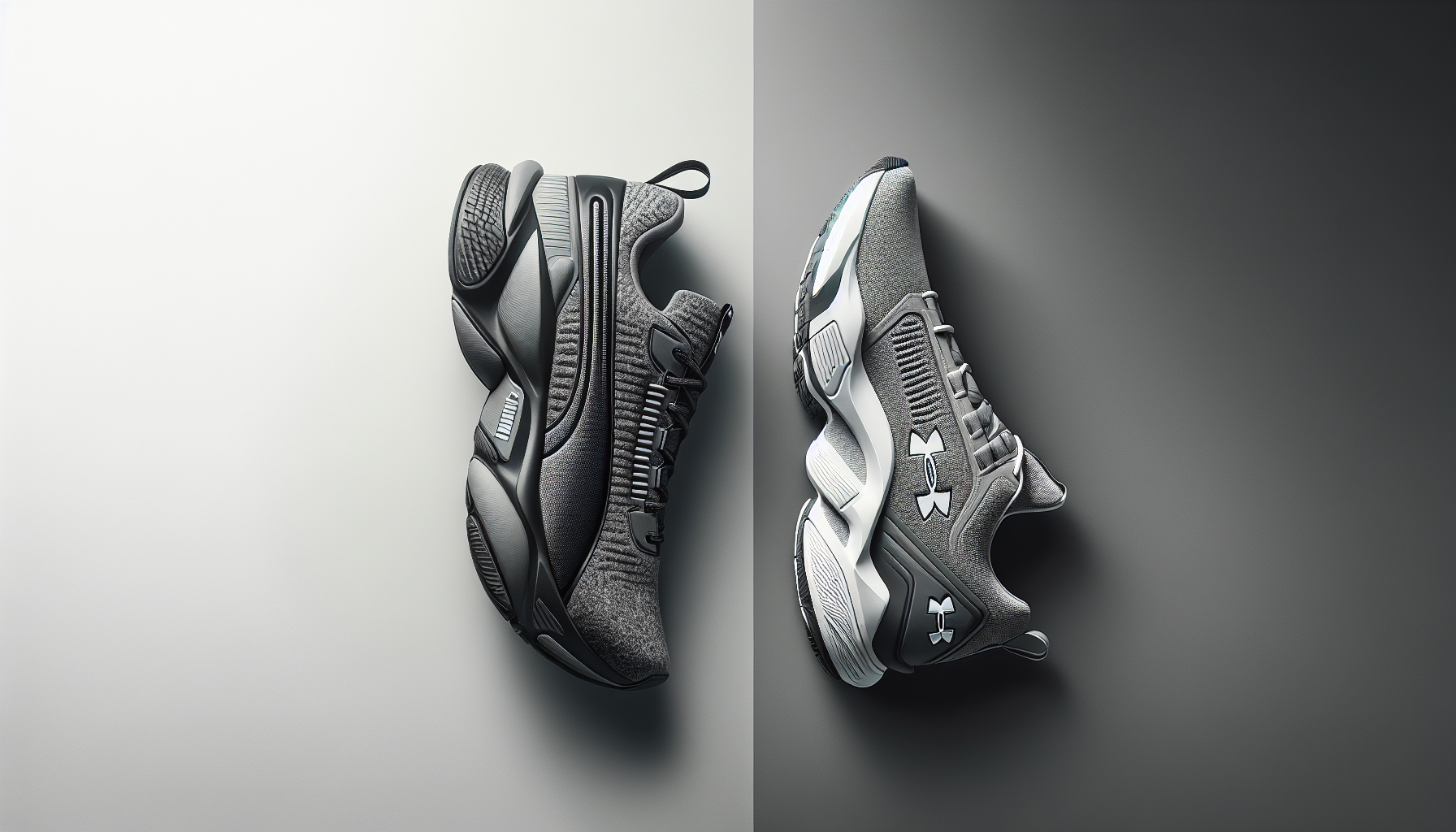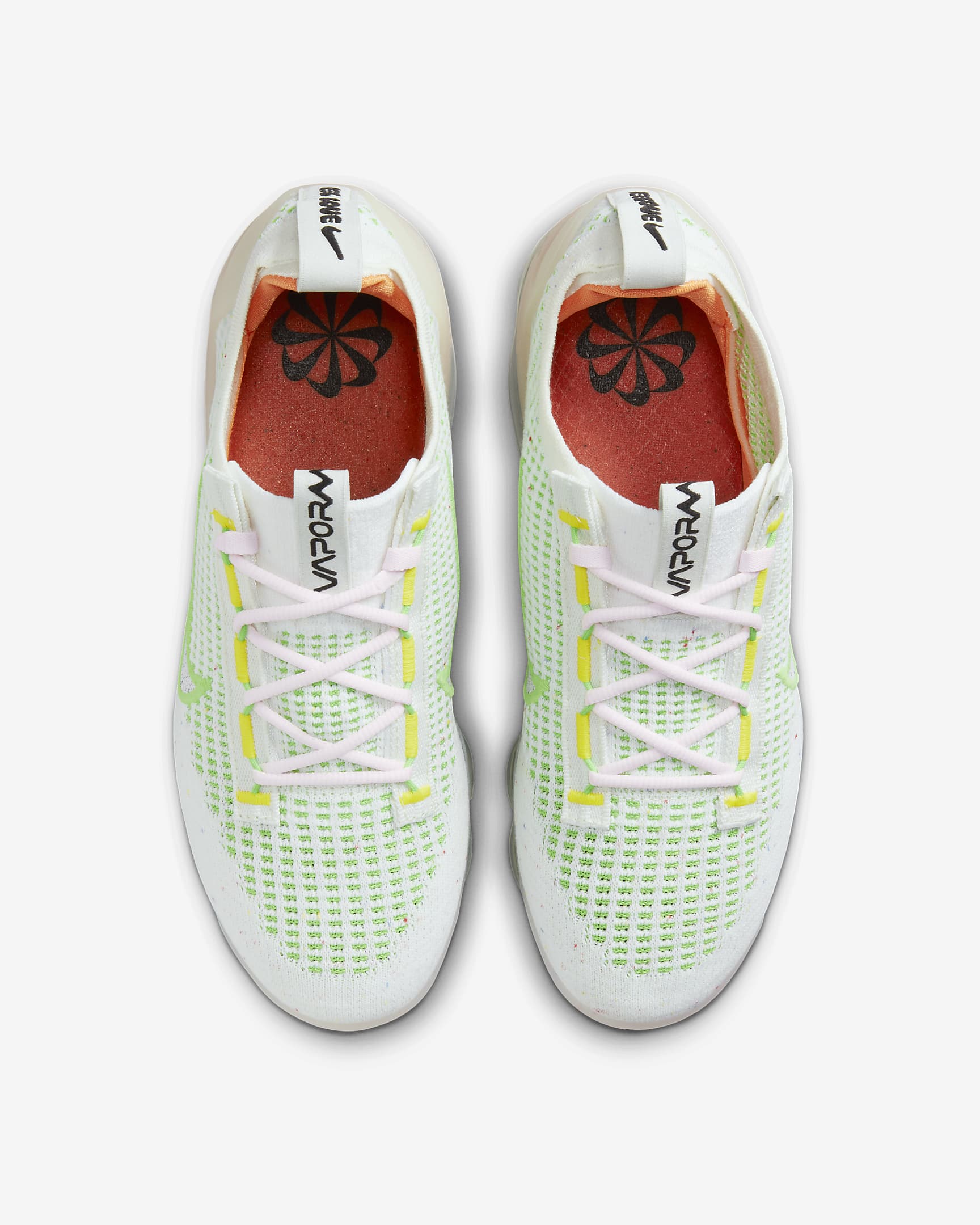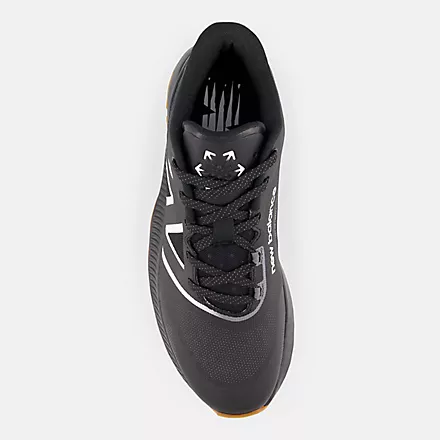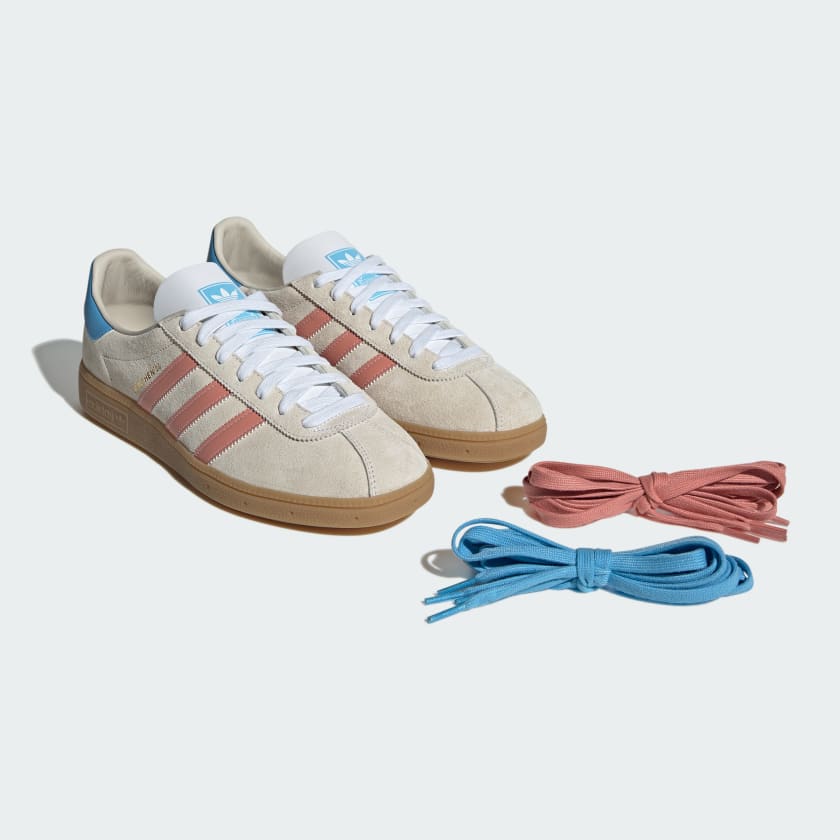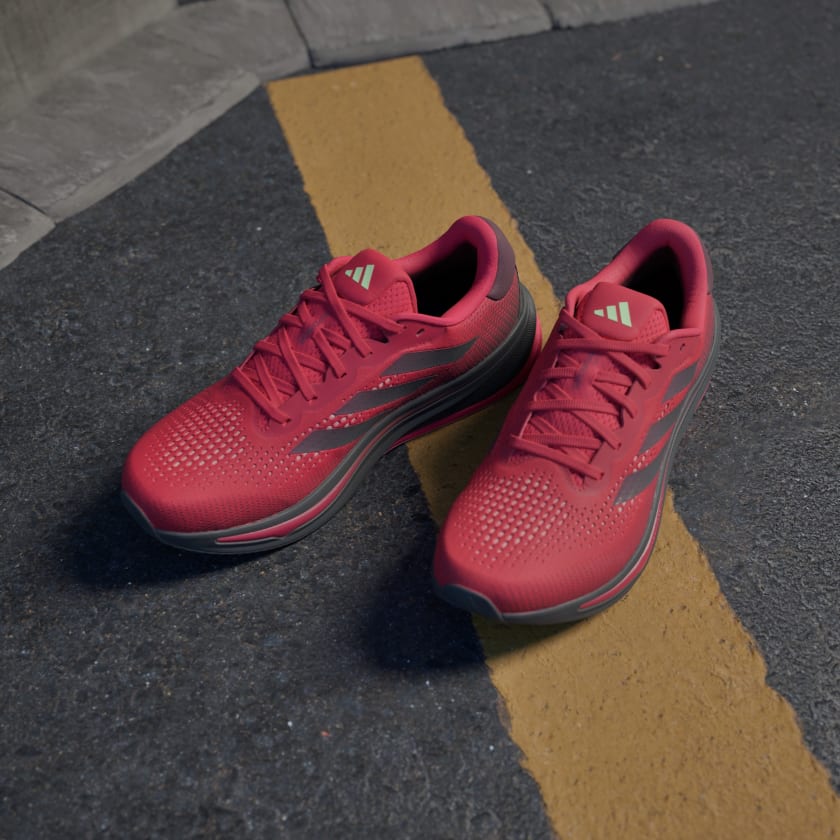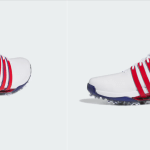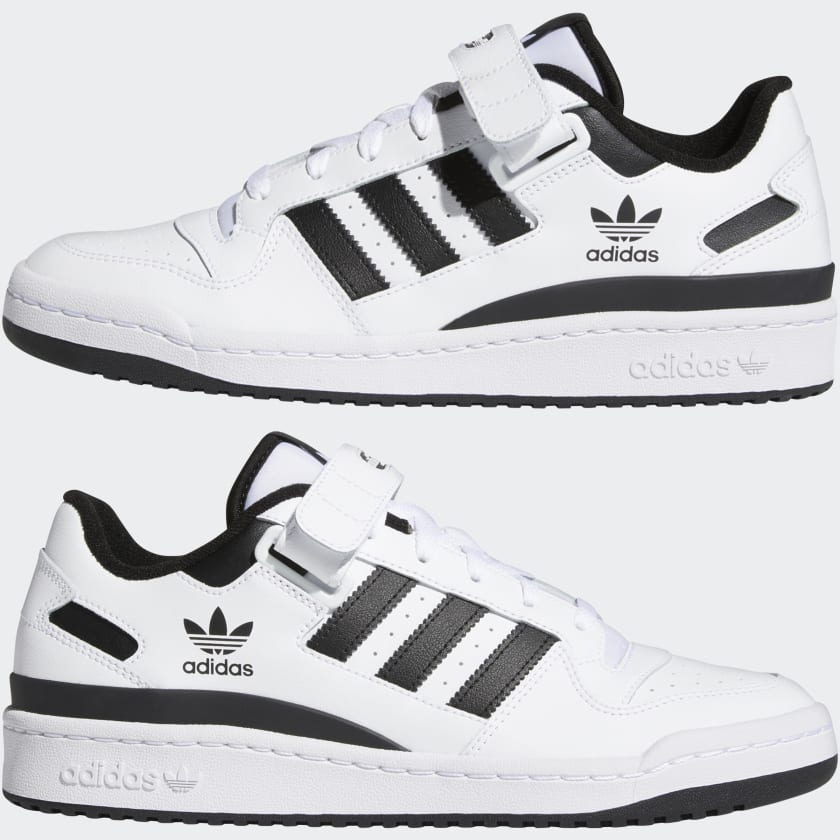Choosing the right athletic footwear can make a world of difference in your performance and comfort levels, and among the top contenders in this competitive market are Puma and Under Armour—two brands with rich histories and a devoted customer base.
With your interests in mind, you’re about to embark on a comprehensive journey that expertly compares the iconic Puma with the innovative Under Armour. You’ll uncover the nuances of their shoe technologies, sift through the varied shoe types on offer, weigh up the distinctive features and benefits, and inspect customer feedback with a fine-tooth comb. This article serves as your in-depth guide to determining the perfect fit, whether you’re hitting the track, lifting in the gym, or just seeking a stylish and comfortable shoe for your daily endeavors.
Overview of Puma and Under Armour Brands
When you’re on the hunt for new athletic shoes, the sheer variety of brands and models can be overwhelming. But have you ever wondered how the right brand can affect your performance and comfort? In this friendly guide, you’ll get a side-by-side comparison of two frontrunners in athletic footwear: Puma and Under Armour. Let’s dive into their history, technology, and everything in between to help you find your perfect fit!
History of Puma
Puma’s story began in 1948 when Rudolf Dassler, brother of adidas founder Adi Dassler, established a new company in Germany. It rapidly gained fame with the iconic ‘Formstrip’, and over the years, it evolved into one of the most recognized names in sportswear. Puma has been celebrated for its involvement with star athletes and its contribution to sports such as football, running, and motorsport.
History of Under Armour
Under Armour, a more recent player, launched in 1996 in Baltimore, Maryland, with the mission to innovate athletic wear. Kevin Plank, a former football player, started the company with the focus on moisture-wicking fabric to keep athletes cool and dry. Under Armour swiftly expanded from apparel to footwear, creating waves with its technological advancements.
Market position and brand perception of both brands
Today, Puma and Under Armour occupy considerable positions in the global market. Puma is perceived as a blend of sporty and stylish, appealing to both athletes and fashion enthusiasts. Under Armour, on the other hand, is often associated with high-performance gear for serious athletes. Both brands have carved out distinct identities, yet continue to compete for a share of your shoe closet.
Table 1: At-a-glance company profiles
| Feature | Puma | Under Armour |
|---|---|---|
| Founded | 1948 | 1996 |
| Headquarters | Herzogenaurach, Germany | Baltimore, Maryland, USA |
| Key Products | Athletic shoes, Apparel | Athletic shoes, Apparel, Accessories |
| Endorsements | Usain Bolt, Neymar Jr. | Stephen Curry, Tom Brady |
| Innovation Focus | Sustainability, Style | High-Performance Technology |
Puma vs Under Armour: Shoe Technology and Innovation
Choosing between Puma and Under Armour shoes isn’t just about the aesthetics—it’s also about what’s inside the shoe that counts. Let’s lace up and look at the technology powering your steps.
Overview of the shoe technology used by Puma
Puma is renowned for integrating innovation with style. They offer shoes with IGNITE foam for responsiveness and energy return, NRGY beads for superior cushioning, and their NETFIT technology for a customizable and secure fit. Puma’s shoe tech aims to enhance your sporting performance while ensuring you look good in the process.
Overview of the shoe technology used by Under Armour
Under Armour steps up with their proprietary HOVR technology, which provides a ‘zero-gravity feel’ to maintain energy return and minimize impact. Their Threadborne upper is crafted for breathability and a snug fit. Plus, with their Speedform construction, Under Armour shoes mold perfectly to your foot, eliminating all distractions.
Comparing technological advancements and patents
Both Puma and Under Armour have a strong portfolio of patented technologies:
- Puma’s HYBRID Foam combines their IGNITE Foam with NRGY beads to give a cushion yet responsive ride.
- Under Armour’s HOVR technology is encased in ‘Energy Web’, promoting energy return with each stride.

Types of Shoes Offered
As you scout for the right pair, it’s crucial to understand the versatility offered by each brand.
Listing different categories of shoes (running, training, lifestyle, etc.)
You’ll find a range of categories including:
- Running shoes
- Training shoes
- Basketball shoes
- Lifestyle sneakers
- Football boots
- Golf shoes
- Track and field spikes
Puma’s most popular models
Among Puma’s shelf standouts are:
- Puma RS-X
- Puma Suede Classic
- Puma Future Rider
Under Armour’s most popular models
Under Armour hits the ground running with:
- UA HOVR Sonic
- UA Charged Assert
- UA Curry series (for basketball)
Chart 1: Market share of shoe categories
Unfortunately, without up-to-date market share data presented, a chart cannot be accurately created.
Features and Benefits Comparison
When weighing Puma against Under Armour, the devil’s in the details. The features and benefits of each shoe could sway your decision.
Durability of materials used
Puma and Under Armour shoes are crafted with high-grade synthetic fibers, leathers, and composites, promising durability for long-lasting wear.
Shoe weight and the impact on performance
Lighter shoes potentially improve performance by reducing energy expenditure. Both brands strive to manufacture lightweight shoes without sacrificing quality.
Design aesthetics and their appeal
Puma often offers a retro-chic design appealing to lifestyle users, while Under Armour presents a modern, aggressive design preferred by some athletes.
Arch support and insole quality
Quality arch support is crucial for comfort and injury prevention. Both Puma and Under Armour provide structured insoles with adequate support.
Breathability and comfort
Breathable materials are used by both brands to keep feet dry and comfortable during intense activities.
Price range and value for money
Puma and Under Armour offer products across various price tiers, catering to budget buyers and premium seekers alike.
Table 2: Features and Benefits Comparison
| Feature | Puma | Under Armour |
|---|---|---|
| Durability | High-grade materials | High-grade materials |
| Shoe Weight | Lightweight designs | Focus on lightweight materials |
| Design Aesthetics | Retro-chic to sports-sleek | Modern, performance-centric |
| Arch Support | Structured insoles | Structured insoles |
| Breathability | Enhanced ventilation systems | Mesh fabrics for airflow |
| Price Range | $-$$$ | $-$$$ |

Customer Reviews and Satisfaction
Personal experiences with footwear can often tip the scale in brand preference.
Aggregate customer reviews for both brands
You’ll find that both Puma and Under Armour garner positive reviews for comfort and style, though some might point out occasional issues with fit or durability.
Discuss common praises and complaints
Common praises include the supportive fit and stylish designs, while some complaints highlight inconsistency in sizing or wear out rates.
Chart 2: Customer satisfaction rating over time
This would be represented by a hypothetical chart showing trends in customer satisfaction, expected to show fluctuations based on product releases and innovations.
Performance and Professional Endorsements
The championing by sports stars does boost a brand’s profile, doesn’t it?
Athletes who endorse Puma vs. Under Armour
Puma boasts names like Usain Bolt and Neymar Jr., emphasizing speed and flair. Under Armour has heavy hitters like Stephen Curry and Tom Brady, underscoring grit and performance.
Performance in professional sports settings
Both brands have made their mark with shoes that have seen action at the highest levels of sports, surely a testament to their quality.
Relevant awards or recognition received by each brand
Accolades often celebrate both brands for innovation, design, and impact on the sports industry.
Sustainability and Corporate Responsibility
You may also consider how a brand aligns with your values, including their sustainability efforts and corporate responsibilities.
Efforts by Puma and Under Armour in sustainability
Puma has been recognized for its efforts in making products more sustainable, and Under Armour is not far behind, with a commitment to reducing its environmental footprint.
Social corporate responsibilities highlighted by each brand
Both brands emphasize giving back, whether through community programs or global initiatives focused on, say, women in sports.
Table 3: CSR Initiatives and Achievements
| Initiative | Puma | Under Armour |
|---|---|---|
| Sustainability | Eco-friendly materials | Sustainable product lines |
| Community Involvement | Youth programs, charity runs | Community fitness events |
| Global Responsibility | Women’s empowerment projects | Support for veterans and families |
Pricing and Availability
Aspects such as pricing and availability might also influence your choice.
Comparison of pricing tiers for different shoe categories
Puma and Under Armour both offer entry-level to high-end shoes; Puma might edge out in more budget-friendly options while Under Armour heavily markets their higher-tiered innovative gear.
Availability in different regions and online platforms
Both brands boast a global presence and are readily available in numerous countries, online and in brick-and-mortar stores.
Discuss any exclusive deals or discount patterns
Seasonal sales, outlet deals, and exclusive online discounts are standard for both brands, so keep your eyes peeled!
Pros and Cons Summary
Let’s narrow it down to the essence, shall we?
Table 4: Pros and Cons of Puma vs Under Armour shoes
| Aspect | Puma Pros | Puma Cons | Under Armour Pros | Under Armour Cons |
|---|---|---|---|---|
| Technology | Style-focused innovations | Fewer high-performance options | Cutting-edge performance tech | Might not cater to all styles |
| Design | Trendy designs | Less focus on athletic styles | Performance-oriented | Limited casual options |
| Comfort and Fit | Good general comfort | Inconsistencies in sizing | Snug, athletic fit | May need breaking-in |
| Price | Accessible to premium | Premium models can be pricey | Moderate to high-end pricing | High performance comes at cost |
| Sustainability | Strong sustainable initiatives | Room for broader application | Increasing eco-friendly lines | Lagging slightly behind Puma |
Recommendations for various user needs (e.g., budget, type of sport, casual wear)
If budget and style are your key considerations, Puma could be your go-to. For intense athletic pursuits, you might lean towards Under Armour.
Conclusion
In the race between Puma and Under Armour, it’s clear that both offer unique benefits. Whether you value technological innovation, design, or sustainability, this guide should help you choose the brand that best fits your feet and lifestyle.
In the end, whether you’re sprinting in Pumas or lifting in Under Armours, remember it’s about how you feel—and perform—in your shoes. Happy shoe hunting!
